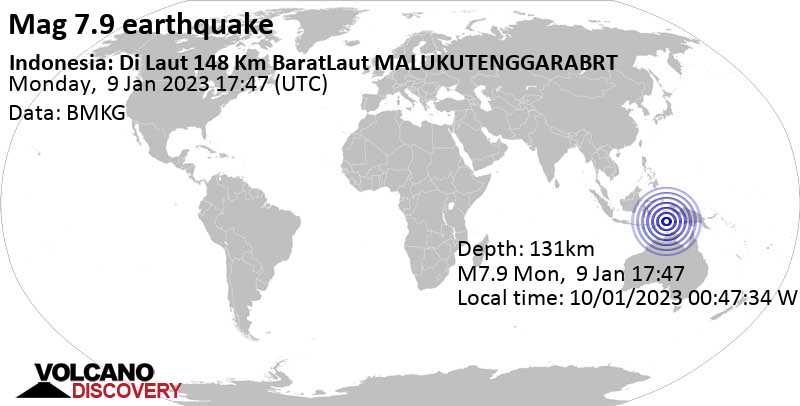The year 2022 got off to a relatively optimistic start for Indonesia. To be sure, Covid had left serious scars — the Economist’s central estimate for “excess deaths” through to December 2022 was about 740,000 fatalities — while the lost education and employment opportunities, especially for poorer communities, will be long-lasting.
But Indonesia’s economic contraction and the resultant increase in poverty were less than those of most comparable middle-income economies. From late 2021 the country’s economic momentum had been regained.
The year also ended well for Indonesia. It received well-deserved praise for its adroit hosting of the November G20 summit in Bali and for keeping alive the flickering spirit of multilateral cooperation and collaboration in an otherwise deeply divided world.
But for much of 2022 Indonesian policymakers had to grapple with unprecedented, and largely unanticipated, global economic and geostrategic volatility: the war in Ukraine and the subsequent rise in energy and food prices; rapidly rising global inflation and subsiding economic growth; the possibility of debt defaults in many developing countries; sharply slowing growth and rising uncertainty in China, the region’s economic locomotive; ongoing disruption to global supply chains; and rising geostrategic tension and rivalry between China and the United States.
What is Indonesia’s scorecard to date? The good news is that the country has weathered most of these recent shocks. Thanks to its macroeconomic prudence, it is not a member of the large ‘debt distress’ club. The emergency fiscal and monetary policy measures introduced in the first half of 2020 have been wound back quickly.
The government is now returning to the provisions of its 2003 Fiscal Law, whereby fiscal deficits are capped at 3% of GDP. It is emerging with public debt (narrowly defined) at less than 40% of GDP. The economy is on track to return to its long-term average of around 5% GDP growth.
Inflation has been rising, though not as fast as in most rich economies. Indonesia’s Covid-19 stimulus measures were comparatively small, a reflection of the global rich/poor divide evident during the pandemic. It is still a “surplus labor” economy in important respects, in contrast to the tight labor market and rising wages evident in the United States and some other advanced economies.
In addition, the ever-sensitive rice prices have remained relatively subdued, unlike the volatile wheat prices, and fuel prices remain heavily subsidized. For all these reasons, Bank Indonesia (BI) was able to hold back on aggressive monetary policy tightening until August, thus ensuring that the nascent economic recovery would not be nipped in the bud.
Moreover, as a net energy exporter Indonesia has “benefitted” from the Ukraine conflict. Its terms of trade have improved significantly in response to rising coal and gas exports. Palm oil prices have also been strong, although the domestic benefits were nullified by a botched attempt to control exports in April and May last year.
So much for the good news, what of the other side of the ledger? First, subsidies, principally for energy, are back. In 2022 they cost the government about 3% of GDP. For a country with a tax-to-GDP ratio of only 10-11% of GDP, this is obviously unsustainable. Put simply, the government has very limited fiscal space.
It doesn’t have the resources to provide many of the goods and services the community expects. This includes the president’s cherished infrastructure projects, since in 2022 the allocation for subsidies exceeds that of infrastructure. The subsidies are also inequitable, as they disproportionately benefit richer consumers. And they are contrary to the government’s professed green agenda.
The issue of subsidies in Indonesia is of course an enduring and unresolved policy conundrum. They will remain so for as long as the government is unable to introduce a mechanism for automatic domestic price adjustments in line with international price movements. An additional constraint in 2022 is that the capacity to provide targeted compensatory social assistance to low-income groups, while improved, is still not yet fully in place.
Another key challenge is the lagging industrial sector. The president has signaled his desire to “revitalize” the sector. At the heart of this complex issue is the vexed issue of industry policy. The government professes a desire to elevate Indonesia’s participation in global value chains while also espousing domestic value added as another objective.
The two are often, indeed invariably, in conflict. Export bans to promote downstream processing are generally counter-productive. Meanwhile, Vietnam and even India are nimbly courting Apple and other multinationals pursuing a China diversification strategy to set up plants in their countries.
The last three years have been difficult for Indonesia and have to some extent side-tracked President Jokowi’s ambitious development goals. The economy will hardly feature in the 2023 political debates in any substantive sense. But daunting development policy challenges will await the next president.
Some of these have already been referred to — the need for more effective fiscal mobilization, constructing a more comprehensive social security system and seizing the missed opportunities from globalization.
Additional challenges include climate change, both a faster energy transition at home and a more activist approach multilaterally; the development of stronger national institutions that are insulated from the political hurly-burly; and overcoming the lagging educational performance.
Hal Hill is the HW Arndt Professor Emeritus of Southeast Asian Economies at The Australian National University. Dionisius Narjoko is a researcher at the Economic Research Institute for ASEAN and East Asia.
This article, republished with permission, was first published by East Asia Forum, which is based out of the Crawford School of Public Policy within the College of Asia and the Pacific at the Australian National University.




































